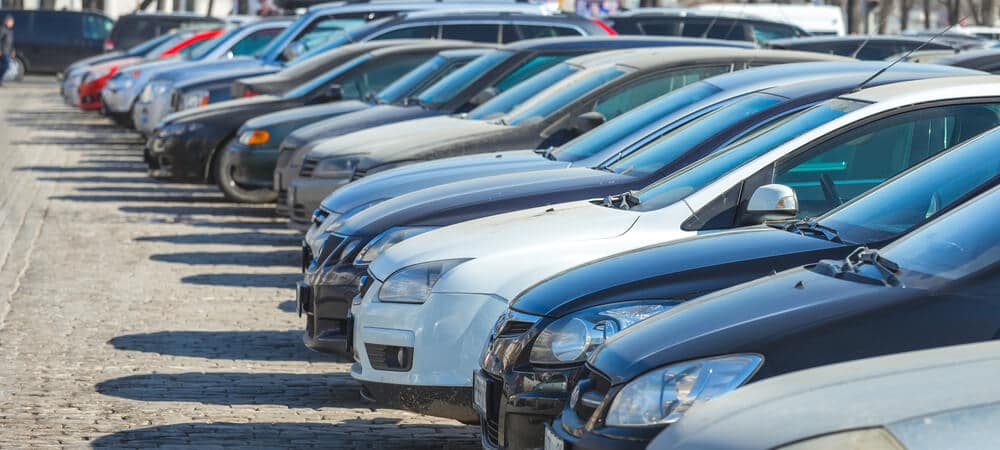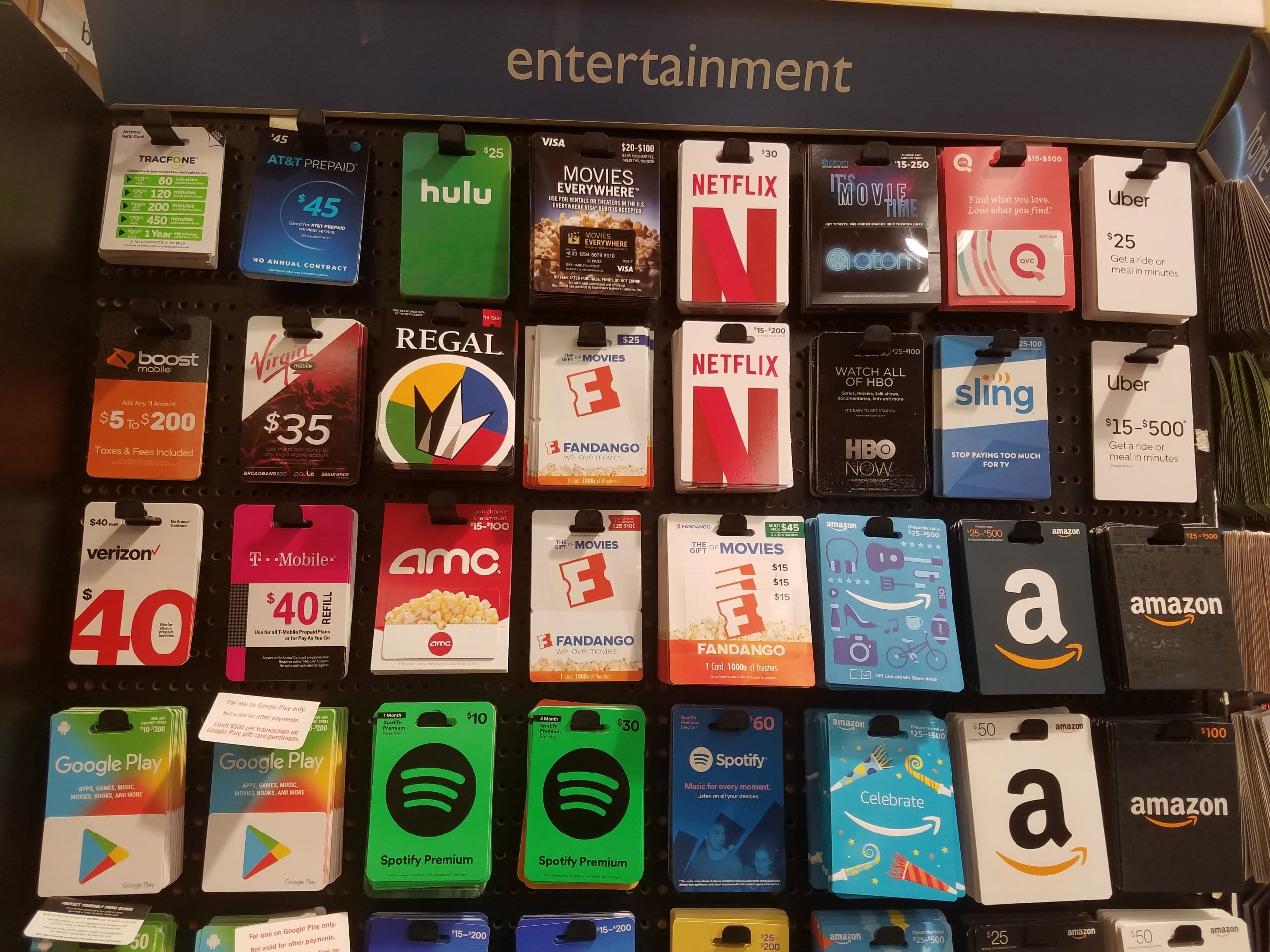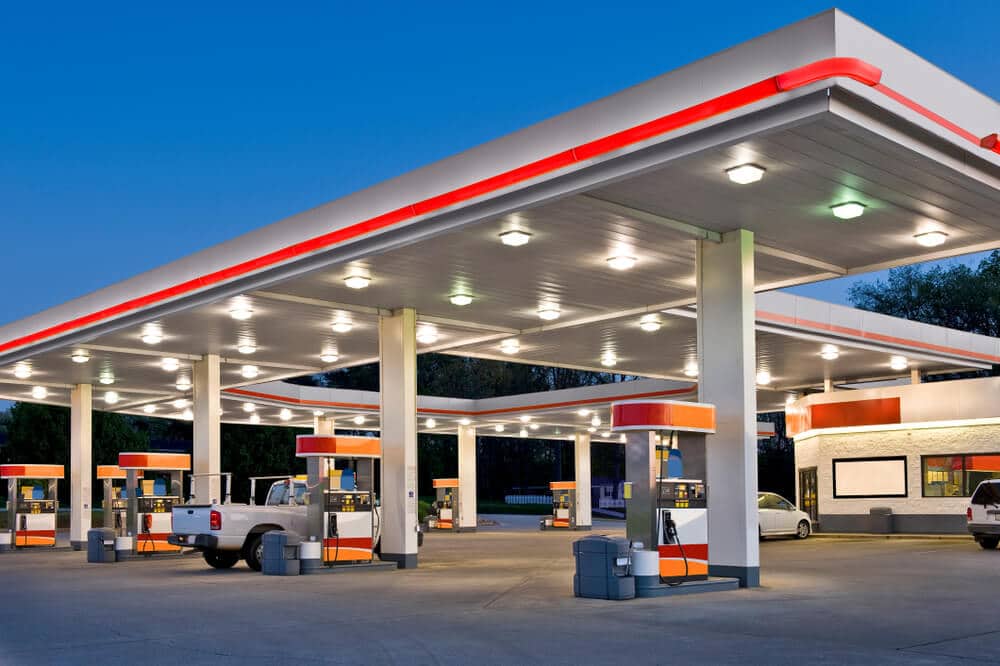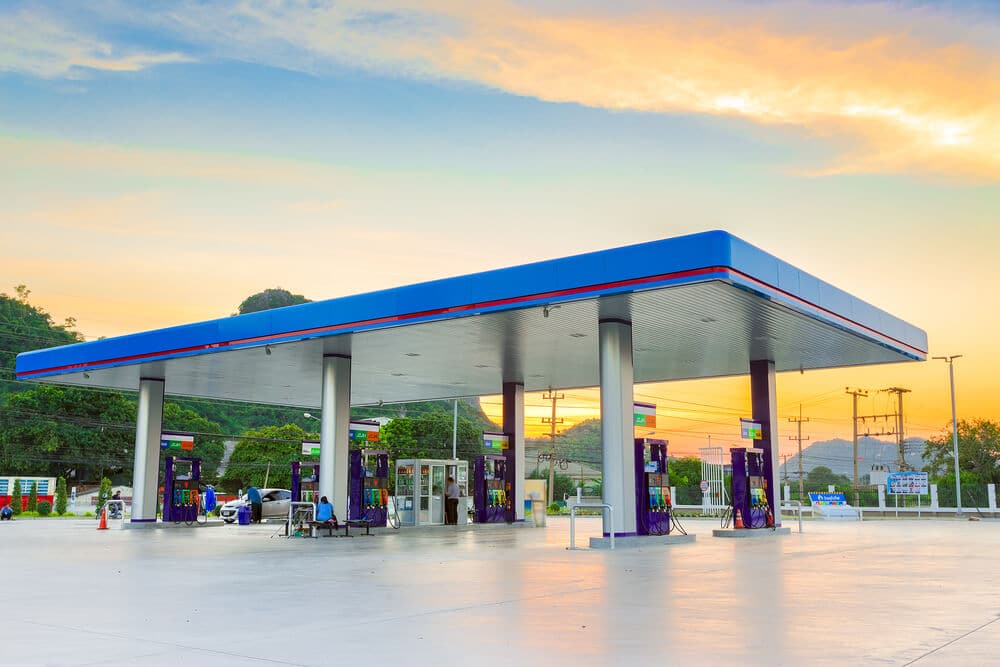Short Answer — DriveTime’s repossession policy varies depending on the terms outlined in your contract. However, if you default on your loan, the company’s lending partners typically take at least 60 days to initiate a repossession.
DriveTime Repossession Policy & Process
DriveTime sells cars and initiates the loan application process, but it does not administer loans. Its car loans and repossessions are handled by third-party lenders — Bridgecrest Credit Company is one of DriveTime’s lending partners.[1]
Legally, in most states, lenders can repossess your car immediately after you default on the loan.[2] Defaulting on the loan can mean missing payments, consistently paying less than what you owe, or stopping payment altogether.
While policies vary depending on the terms of your auto loan contract, how far you are into making payments, and the laws in your state, Bridgecrest will typically repossess your DriveTime vehicle 60 days after you default on the loan.[2]
You should receive notice before this happens, which will give you the chance to bring your loan current before Bridgecrest repossesses your DriveTime car.
Avoiding Repossession
If you’re worried about repossession, you should immediately contact your lender. Generally, lenders don’t benefit if you default on your loan, so they’ll want to work with you to find a solution. Bridgecrest even allows customers to request a payment extension in times of financial hardship.[3]
You may also want to consult our research detailing how the repossession process works and how to avoid it.
To prevent missing a payment, you can enroll in autopay — a service offered by Bridgecrest (and other lenders) free of charge. To sign up for autopay, you’ll need an active bank account or Netspend account. Just be sure you have sufficient funds in your account each month.
You can sign up for Bridgecrest autopay online by logging into your account, tapping the Account Settings linked, and selecting AutoPay.[4]
If you are unable to afford your DriveTime payments, you may also want to check out our article about how to trade in your DriveTime car for another (perhaps with lower payments).
What to Do After Repossession
If your car has been repossessed, you may be able to get it back.
Depending on the terms outlined in your contract, your location, and which lender you are working with, you may be able to get your car back through one of the following options:
- Redeem the vehicle by paying off the entirety of your loan balance, plus any fees associated with the repossession, such as late fees, storage, and towing fees.
- Contact your lender to see if it will reinstate your loan; note that the availability of this service will vary depending on the terms of your loan, and you will need to make up all past due payments and fees.
- Repurchase your vehicle at auction.
You can find out more about your options in our related research about what to do after your car is repossessed.
 William Lipovsky
William Lipovsky







My car was reposessed by Bridgecrest and I make enough money to catch up on my loan. I need help to get my car back even though my credit is bad now. What can I do if I can’t get help from the bank and my car was repossessed today.
Hello, Calvin! After the car is repossessed, you typically have three options: (1) contact the lender to see if you can pay the full overdue amount and reinstate the loan; (2) redeem the vehicle by paying off the total amount left on your loan, or (3) purchase the car back at auction. Unfortunately, all three of these options can be expensive. If the lender is unwilling to work with you and you are unable to buy back the car, you may need to find alternative transportation. It would be best for you to contact Bridgecrest directly to discuss your options. We have updated our article to include this information.